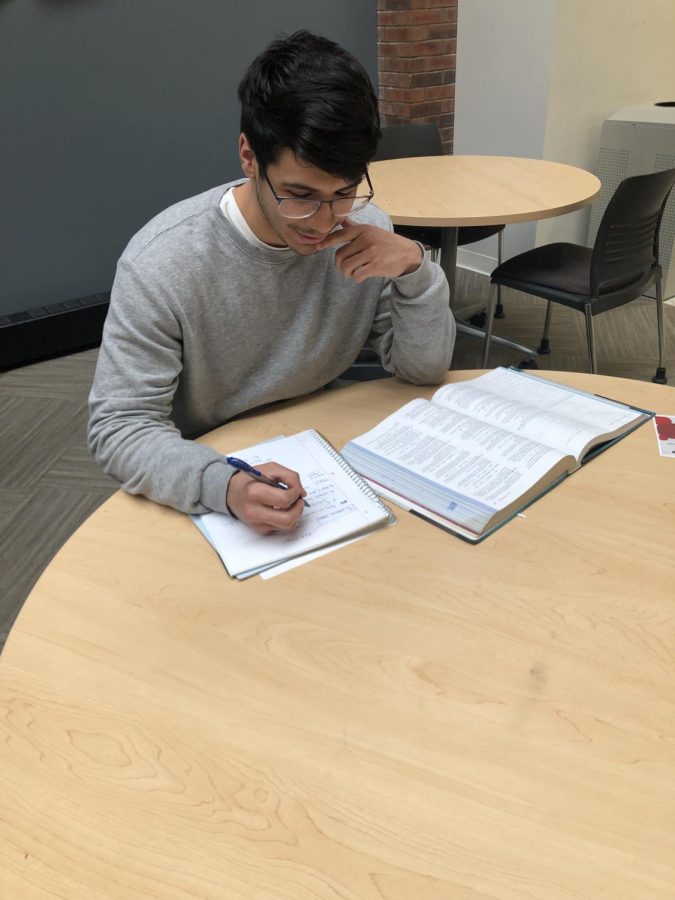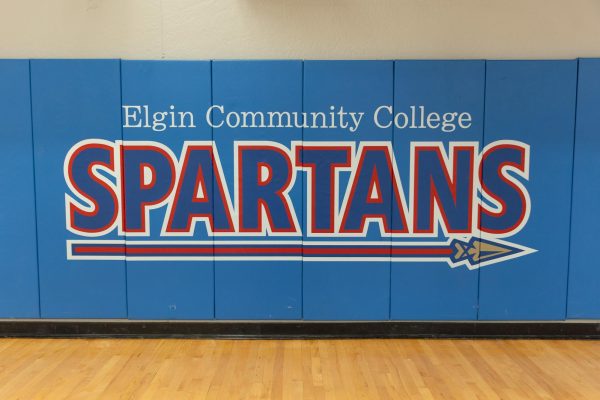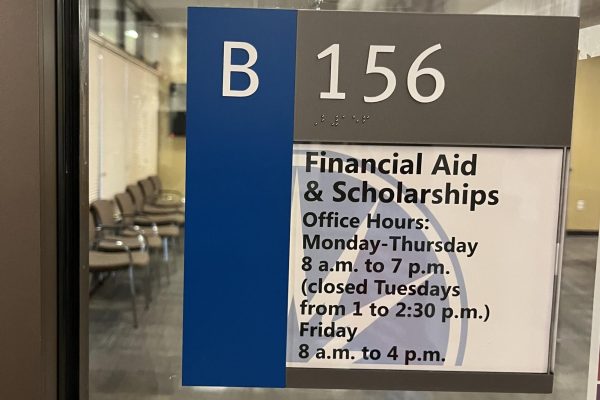Only ¼ of Latinx students are ready for college-level math
May 4, 2019
According to a recent statistic presented at Elgin Community College by the Alliance for College Readiness this past February, only 25.3 percent of Latinx students from District 509 were ready for college-level math. Incoming White and Asian students dwarfed this statistic, 48.7 % and 52.0% respectively, and were deemed ready for college-level math.
This is particularly worrying when 42% of the ECC student population is comprised of Latinx students, according to data made public by ECC.
Such an outcome, which results in students having to take remedial math courses to get up to speed, causes some to spend more time and money than what they had anticipated.
Dean of College Transitions and Secondary Partnerships and one of the leading figures for the Alliance for College Readiness, Dr. Mary Perkins, sees the gap as one which affects multiple school districts and communities nationwide.
“The achievement gaps that the Alliance data shows is not exclusive to the District 509 community college region,” Perkins said. “Unfortunately, these gaps are evident across the country.”
Perkins notes that steps are already being taken to address this issue by allowing high school seniors the opportunity to take an extra year of math, which would ultimately void the need for them to take a mathematics placement test at ECC.
“In our work with our school districts, we are focused on improving student readiness for college-level math. One of these is the implementation of transitional math courses,” Perkins said.
Perkins believes that the sooner students are able to work on their math skills, the better.
“These courses will be taken by students, that are not yet college-ready, during their senior year to help them achieve the skills needed for college-level math,” Perkins said. “If students pass these courses with a grade of C or better, then they can enter directly into college-level math here at ECC without having to take the math placement test.”
Meanwhile, Eduardo Luna, a first generation Latinx student pursuing a business degree, believes the statistic is the result of lower levels of involvement from Hispanic households compared to Asian or White households.
“The statistic doesn’t surprise me,” Luna said. “Most White and Asian parents are very involved with their kids’ school work and will continue to push for their success, whereas most Latino parents that I know, or that I have encountered, give their kids a pat on the back and will simply tell them, ‘Mijo, para la otra,’ or ‘Son, we’ll get them next time.'”
Luna has observed that there is also a disparity in how Latinx students are prepared for college courses compared to their peers.
“I’m also aware that White and Asian families are more involved with tutoring sessions and extra after-school programs to ensure their success in classes,” Luna said.
Luna, who was able to place into college algebra when he first enrolled at ECC, says he found it difficult to excel in math courses taught at ECC.
“I’ve never liked math, so it’s always been hard for me to focus in class or even do my math homework,” Luna said. “I always find myself procrastinating with math homework.”
Luna also notes that more can be done by schools and school districts to improve the preparedness of Latinx students.
“I believe that colleges and school districts should enforce school work criteria,” Luna said. “Like punishments for not doing homework and getting the kids involved more during class.”
Luna believes that this will allow instructors to get a better idea of what topics and chapters need extra time and which students need a bit more encouragement.
“Then, and only then, will the professor know who needs help, because like myself, I hate asking for help and I know for a fact that there are more people out there that feel the same way,” Luna said.
Jacquelyn Aleman, who has Mexican roots and is pursuing an associate degree in business management, believes this may be the result of push-backs that many first-generation Latinx students face.
“I believe that in a lot of Latino or Hispanic areas, most of the students may be coming from first generation immigration,” Aleman said. “There could be two ways that parents may end up going with their children as they grow up. Either push for their children’s education or push for them to work and help provide for their families, or in some cases, both.”
Aleman, who first enrolled at ECC in 2014 and took some time off between her studies, hit the ground running in college algebra, but as she progressively took higher level classes, she experienced the level of difficulty that other Latinx students may encounter in their math classes.
“The first math class I took when beginning school at ECC was college algebra, and then this past semester, I tried taking applied calculus, which is required with my degree,” Aleman said. “The college algebra was not a particularly difficult one, but I passed with a C.”
Aleman, however, was disappointed by the level of difficulty of her subsequent math course.
“When attempting to take the Applied Calculus, I realized very quickly that I might need to approach it another semester,” Aleman said.








